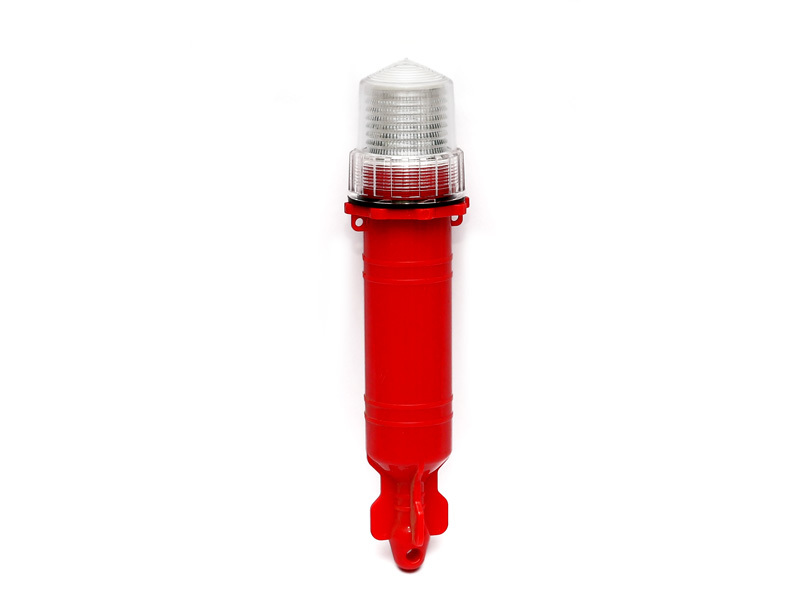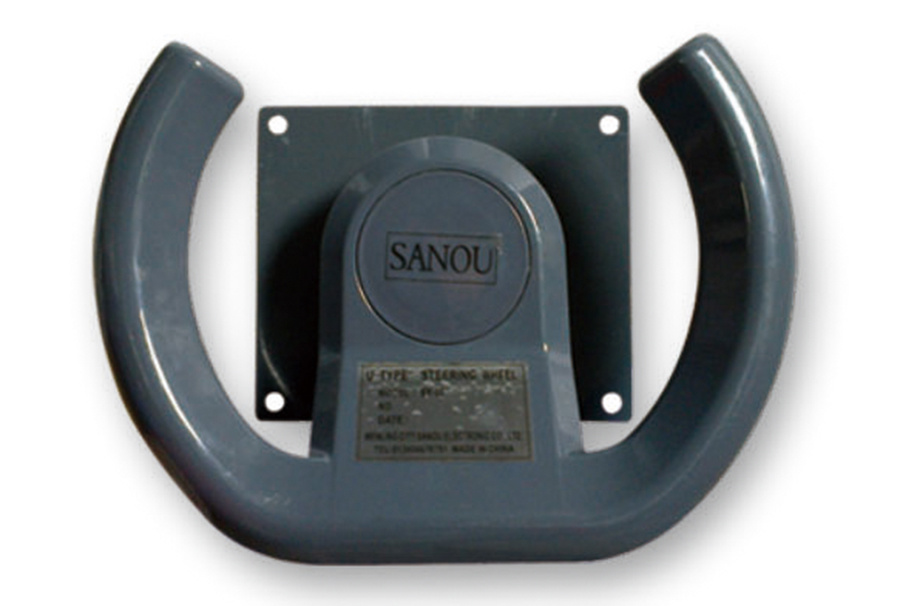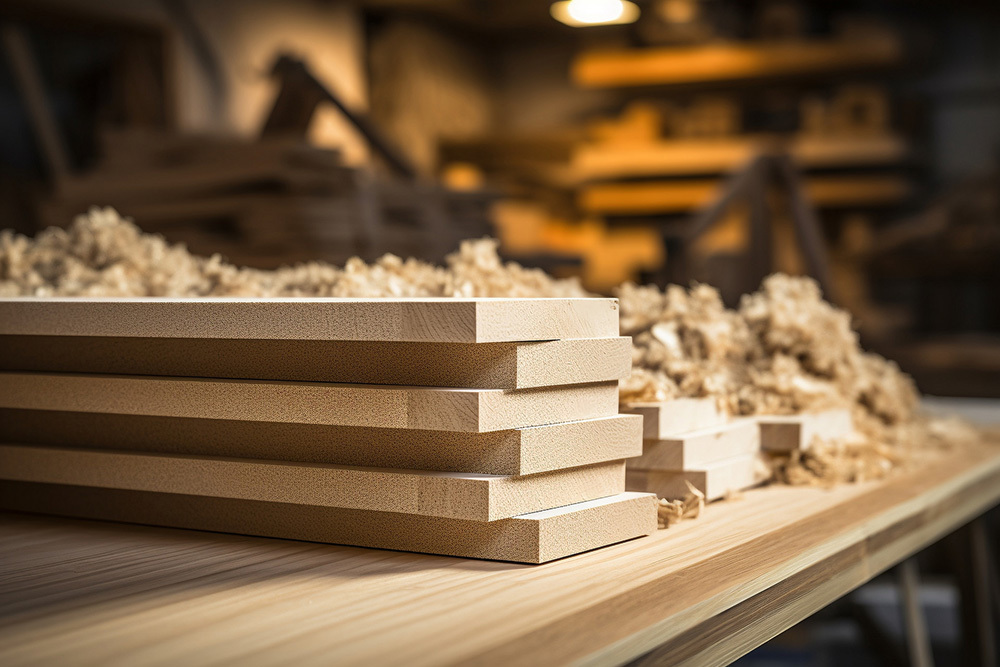News Center
Satellite Antenna Troubleshooting: The Essential Role of Buckle Threads
Understanding Satellite Antenna Systems
In the realm of telecommunications, satellite antennas are vital components that facilitate communication with satellites in orbit. They enable a variety of services including internet, television broadcasting, and data transmission. However, like any technical device, they can encounter issues that may impede their functionality. One often-overlooked aspect of satellite antenna systems is the role of buckle threads. In this article, we will explore how these threads contribute to the overall performance and reliability of satellite antennas and provide a detailed troubleshooting guide.
What Are Buckle Threads?
Buckle threads are a crucial part of the mechanical assembly of satellite antennas. Typically made from durable materials, these threads serve several functions, including:
- Secure Connections: Buckle threads help ensure that the various components of the antenna are securely fastened together, preventing any misalignment that could lead to signal loss.
- Adjustability: The threads allow for adjustments in the antenna's orientation, enabling users to fine-tune the position for optimal signal reception.
- Durability: Quality buckle threads are designed to withstand environmental factors, such as wind and rain, thereby enhancing the longevity of the antenna system.
The Importance of Proper Installation
Improper installation of buckle threads can lead to a host of issues that compromise the functionality of satellite antennas. It is crucial to ensure that all threads are tightened to the manufacturer's specifications and that the components are properly aligned. Neglecting this step can result in:
- Signal Degradation: A misaligned antenna may struggle to maintain a clear signal, leading to interruptions in service.
- Mechanical Failure: Loose or improperly installed components can lead to wear and tear on the device, causing premature failure.
- Increased Maintenance Costs: Regularly having to troubleshoot issues arising from poor installation can lead to higher long-term costs.
Step-by-Step Guide to Troubleshooting Satellite Antenna Issues
1. Inspecting the Buckle Threads
The first step in troubleshooting any satellite antenna issue is to conduct a thorough inspection of the buckle threads. Look for signs of wear, rust, or damage. If you notice any deterioration, it may be time to replace the threads. Ensure that all connections are tight and secure to avoid any potential signal loss.
2. Checking Alignment
Alignment is critical for satellite antenna performance. Use a compass or a satellite finder to ensure that the antenna is pointed in the correct direction. Misalignment can significantly impact signal strength and quality.
If after aligning the antenna you still encounter issues, revisit the buckle threads to ensure they are allowing for the necessary adjustments without slipping.
3. Evaluating Signal Strength
Utilize a signal strength meter to evaluate the performance of your satellite antenna. If the reading is low, this may indicate that the buckle threads are not maintaining proper tension, resulting in movement and misalignment. Adjust the threads to see if the signal improves.
4. Performing Regular Maintenance
Regular maintenance can prevent many issues related to buckle threads. Schedule periodic checks to ensure that all components, including threads, are in good condition. Clean the threads to remove any debris or corrosion that may impede their functionality.
Common Satellite Antenna Issues Related to Buckle Threads
1. Loose Connections
Loose connections can lead to significant performance issues in satellite antennas. This is often a result of buckle threads not being properly tightened. Over time, vibrations from wind or equipment can cause the threads to loosen, resulting in a decrease in signal quality. Regularly check all connections and tighten where necessary.
2. Inability to Adjust Antenna Position
Sometimes, users may find it difficult to adjust the antenna position due to the buckle threads being either too tight or too worn. This can lead to misalignment and hinder the antenna's ability to find the optimal signal. Make sure to lubricate the threads as recommended and replace any that show signs of excessive wear.
3. Corrosion and Environmental Damage
Corrosion is a significant risk for buckle threads, particularly in outdoor installations. Exposure to moisture can lead to rust and degradation, compromising the integrity of the antenna system. Inspect threads regularly for signs of corrosion and replace them as needed to ensure the longevity of your antenna.
Best Practices for Maintaining and Troubleshooting Satellite Antennas
To ensure optimal performance of your satellite antenna, follow these best practices:
- Regular Inspections: Schedule inspections every six months to check for wear and tear on buckle threads and other components.
- Use Quality Materials: Invest in high-quality buckle threads made from corrosion-resistant materials to enhance durability.
- Follow Manufacturer Guidelines: Always refer to the manufacturer's manual for specific instructions on installation and maintenance.
- Document Changes: Keep a log of any adjustments made to the antenna setup, including any changes to buckle thread conditions, to track performance over time.
Understanding Troubleshooting Tools and Techniques
A variety of tools can assist in troubleshooting satellite antennas. These include:
- Signal Strength Meters: Essential for evaluating the performance of your antenna and ensuring optimal alignment.
- Compass: Useful for accurately aligning the antenna towards the satellite.
- Socket Wrench Set: Necessary for tightening and adjusting buckle threads during installation and maintenance.
- Lubricants: Recommended for ensuring smooth adjustments of the buckle threads and preventing wear due to friction.
Frequently Asked Questions
1. How often should I inspect my satellite antenna's buckle threads?
It is advisable to inspect your antenna's buckle threads at least every six months, or more frequently if your antenna is exposed to harsh environmental conditions.
2. What signs indicate that buckle threads need to be replaced?
Signs that buckle threads may need replacement include visible rust, difficulty in tightening, or an inability to maintain the antenna's alignment.
3. Can I fix loose buckle threads myself?
Yes, many users can fix loose buckle threads with the proper tools and guidance. However, ensure to follow the manufacturer’s guidelines carefully.
4. What should I do if my antenna is still not working after adjusting the buckle threads?
If the antenna is still not functioning properly after adjustments, consider checking other components for issues or consulting with a professional technician.
5. How do environmental factors affect buckle threads?
Environmental factors like moisture, temperature changes, and wind can lead to corrosion and wear on buckle threads, impacting their performance. Regular maintenance can mitigate these effects.
Conclusion
Buckle threads play a critical role in the performance and reliability of satellite antennas. By understanding their function and maintaining them through regular inspections and adjustments, users can significantly enhance their satellite communication systems' efficiency. Troubleshooting common issues related to buckle threads not only improves signal quality but also extends the lifespan of the antenna. Adhering to best practices, using quality materials, and employing the right tools will ensure that your satellite antenna operates at its best—delivering uninterrupted service for years to come.
Related News
Why the Aicom 304 Microphone is a Game Changer for Content Creators
Why the Aicom 304 Microphone is a Game Changer for Content Creators In the ever-evolving landscape of digital content creation, the importance of high-quality audio cannot be overstated. As a content creator, whether you're a podcaster, streamer, or YouTube enthusiast, the tools you use directly impact the quality of your work. Among the multitude of options available, the Aicom 304 Microphone sta
Unlocking the Potential of the Hua Xun M2000 Microphone: A Comprehensive Guide for Professionals
The Hua Xun M2000 microphone is a noteworthy choice for professionals in various fields, especially for those in content creation, broadcasting, and conferencing. Its design and functionality cater to the demands of high-fidelity audio capture while ensuring user-friendly operation. In this article, we will explore the technical attributes and advantages of the Hua Xun M2000 microphone, providing
Large Bakelite Steering Wheels: The Overlooked Component in Gear Mechanisms
Large Bakelite Steering Wheels: The Overlooked Component in Gear Mechanisms Table of Contents 1. Introduction to Bakelite Steering Wheels 2. A Brief History of Bakelite in Industrial Applications 3. The Functional Role of Large Bakelite Steering Wheels 4. Benefits of Using Bakelite Steering Wheels in Gear Mechanisms 5. Applications of Large Bakelite Steering Wheels 6. Maintenance Tips




